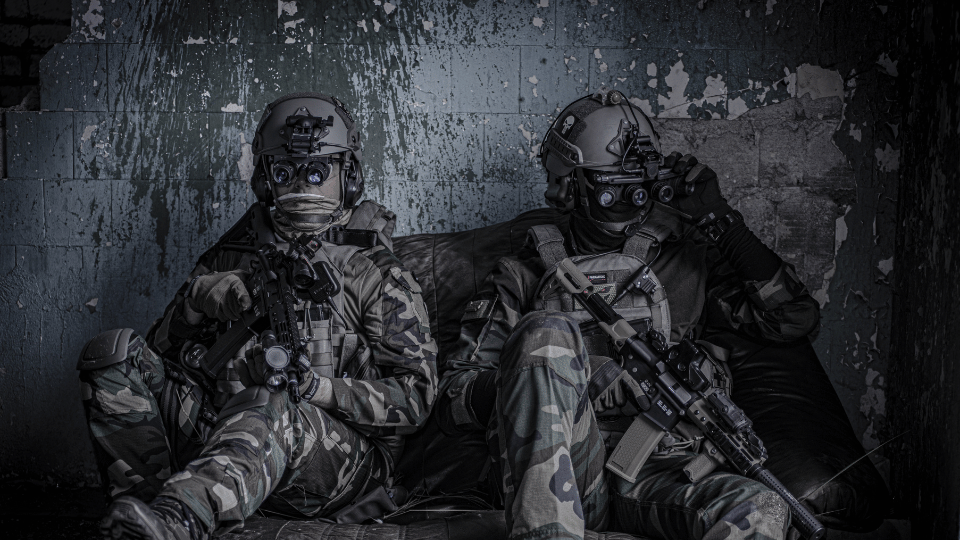
Glossary Definition
Anti-Submarine Warfare (ASW): Protecting Against Submarine Threats
Anti-Submarine Warfare (ASW) is a specialized branch of naval warfare focused on detecting, tracking, and countering submarines. Submarines pose a significant threat to naval forces and maritime security, and ASW plays a critical role in protecting friendly assets, ensuring safe maritime operations, and denying the enemy’s freedom of movement.
Key Components and Techniques of Anti-Submarine Warfare:
- Sonar Systems: Sonar (Sound Navigation and Ranging) is the primary sensor used in ASW. Naval vessels, aircraft, and underwater assets are equipped with active and passive sonar systems to detect submarines based on sound reflections.
- ASW Helicopters: Helicopters play a vital role in ASW operations. Equipped with dipping sonar or sonobuoys, they can search and track submarines over a wide area.
- Sonobuoys: Sonobuoys are expendable sonar devices dropped into the water by aircraft or ships. They listen for acoustic signatures of submarines and relay the data back to the ASW operators.
- Torpedoes: ASW torpedoes are specifically designed to target and destroy submarines underwater, providing a lethal means of engaging underwater threats.
- Magnetic Anomaly Detection (MAD): Some ASW aircraft are equipped with MAD sensors that detect variations in the Earth’s magnetic field caused by submarines’ metal hulls.
ASW Operations and Tactics:
- Detection: ASW assets use sonar, radar, and other sensors to detect the presence of submarines. Sonobuoys and ASW helicopters play a crucial role in wide-area detection.
- Classification: Once a submarine is detected, ASW operators attempt to classify the submarine’s type based on its acoustic signature and other available data.
- Localization: ASW assets work to determine the submarine’s precise location, allowing for further tracking and potential engagement.
- Tracking: Continuous tracking of the submarine’s movements is essential to maintain situational awareness and prevent the submarine from evading detection.
- Response and Engagement: If a hostile submarine is confirmed, ASW assets may deploy torpedoes or other countermeasures to neutralize the threat.
Applications of Anti-Submarine Warfare:
- Naval Operations: ASW is an integral part of naval operations, protecting friendly naval assets and denying enemy submarines the ability to disrupt maritime operations.
- Maritime Security: ASW is critical for maintaining maritime security and safeguarding shipping lanes and critical maritime infrastructure.
Fun Fact about Anti-Submarine Warfare:
- During World War II, ASW played a decisive role in the Battle of the Atlantic, where Allied forces sought to counter the threat posed by German U-boats in the Atlantic Ocean.
In conclusion, Anti-Submarine Warfare (ASW) is a specialized branch of naval warfare focused on detecting, tracking, and countering submarine threats. Utilizing advanced sensors, ASW assets work together to ensure naval superiority, protect maritime interests, and safeguard friendly assets from underwater threats. With continuous advancements in technology, ASW capabilities continue to evolve, maintaining their importance in modern naval operations.

